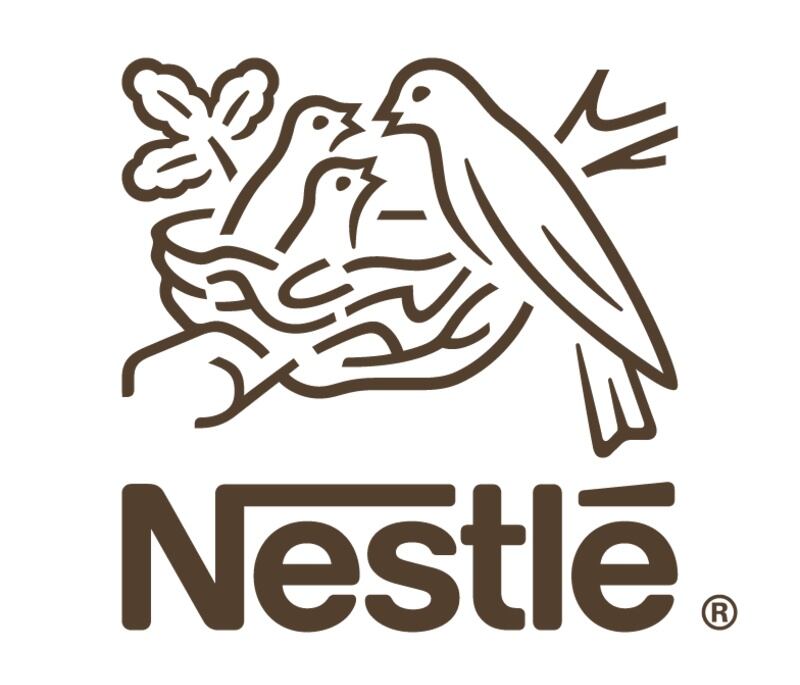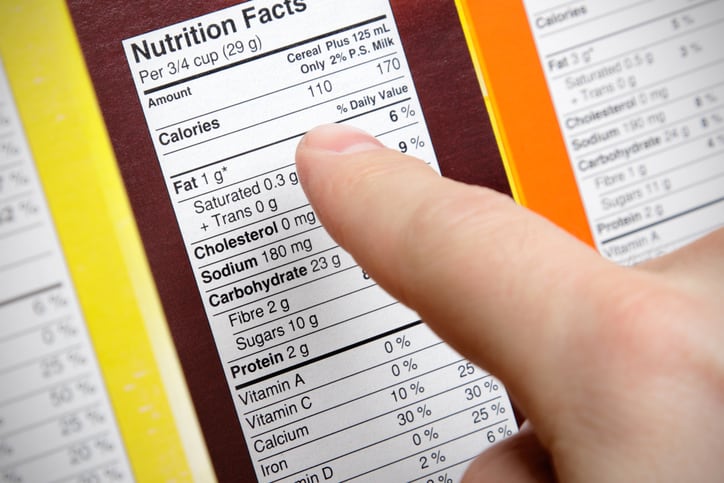Read the first part of this exclusive interview here.
The Kellogg Company (operating as Kellogg’s) is headquartered in the United States, but is also a household name here in most countries in the Asia Pacific region.
Kellogg’s Chief Marketing Officer (CMO) for South East Asia Sanjib Bose told FoodNavigator-Asia that the firm sees APAC as a region of ‘big opportunities’, and has been intensifying its efforts to innovate products to appeal to as many consumers here as possible.
“APAC is certainly a big opportunity for us, and as a company we have been focusing on trying to build the right portfolio of products to cater to the huge potential that lies for us here,” said Bose.
“I’d say the consumer base for us here in APAC is about 60%, and if we include the Middle East that number goes even higher, so there’s so much opportunity to serve this large consumer base with the right affordable products and provide them with affordable nutrition in a convenient format.”
In its quest to cover as many consumers as possible with its products, Kellogg’s has realised that APAC has one of most diverse consumer demographics in the world, and that it will be necessary to innovate widely to cater to this ‘mix’ of markets.
“On the one hand, we believe that APAC consumers exist at multiple levels of the ‘affordability pyramid’ [so consumers with different socioeconomic backgrounds would be able to afford different types of products] and so we need to serve them at multiple levels of this pyramid,” he said.
“This means that we need to bring in products at multiple price points, providing multiple benefits, to cater to those that are at different levels or segments of that pyramid – and that’s really the beauty of the APAC market, with such a wide variety of consumer backgrounds.”
Amongst Kellogg’s most well-known product ranges is its Corn Flakes, a common breakfast option in APAC that has the added benefits of being gluten-free and convenient to prepare, It is also one of the most affordable breakfast options available, making it popular amongst consumers from varying socioeconomic backgrounds including Malaysia’s B40 group(the 40% of the Malaysian population with the lowest income).
Higher up the affordability pyramid, the firm has options with an elevated focus on added health and nutritional benefits, such as its Nutri Grain or Mueslix ranges with higher protein and/or fibre content and Special K which uses ‘real’ ingredients – products which are typically double or more the price of regular Corn Flakes.
“On the other hand, we also have a wide population mix where there is a younger population and also an ageing population, and [the proportions of these] differ across the different markets as well, and they have different needs too. Not to mention we also have emerging markets and developed markets, which would again be looking for different things,” added Bose.
“So overall APAC is a food market with great opportunities where we can innovate and develop multiple products, and it is of course our duty as a major food company to provide this diverse consumer base with multiple types of products suitable for them based on their needs.”
To target a younger population, the convenience focus is paramount, and Kellogg’s has several options catering to this such as its School Pack Cereal, which comprises six mini packs of a mix of favourites such as Kellogg’s Frosties, Coco Pops, Fruit Loops allows schoolchildren [or any other demographic] to carry a box with them conveniently to be consumed at school or work, and several of its brands also make protein bars for this purpose.
For older consumers, the focus is more on improving nutrition, which falls back to brands such as Special K and Nutri-Grain. In markets such as the UK, reduced sugar is a strong focus, where Kellogg’s reduced the sugar content in several popular products like Rice Krispies and Coco Pops a few years back, and launched a W.K. Kellogg brand with no added sugar and high fibre in 2018.
Path of growth
Apart from cereals and snacks which Kellogg’s specializes in, Bose also highlighted that food and beverage in general is clearly on a path of growth in the APAC region, not least as demand will continue to rise alongside population growth.
“There are still challenges that we in the F&B industry need to solve, such as the increasing price inflation that is taking place, but in the long-term the category is definitely a growing one as the demand for food will continue to grow,” he said.
“In this sense, moving forward it is important to find sustainable ways to grow, pack, distribute and consumer the food as this is going to be a very key factor [to ensure food security].
“To do this, one key area will be enormous developments in food technology, as we figure out how to use science to deliver more nutritious products via even more affordable ways and formats to consumers, so that these leave a positive impact on their lives.”
The rising role of AI
In addition to food tech proper, Bose also believes that up-and-coming technologies that currently are not widespread as of yet will rise to become a lot more important in shaping the food and beverage industry.
“Apart from the science to make the food, one other area that is going to be very important is the use of maturing technologies, such as artificial technology (AI) – these are no longer upcoming technologies, but maturing and seeing increased widespread applications, even for us as large organisations,” he said.
“So we are focusing a lot on learning how to use these technologies to improve areas such as efficiencies across the supply chain, from helping our farmers to improve their yields to reducing food wastage in the ecosystem to finding better ways to reach our consumers.
“It is definitely a responsibility for us to provide everyday better ways to reach and serve consumers with nutritious, affordable products, and AI is one of the technologies that will be able to help us greatly.”





